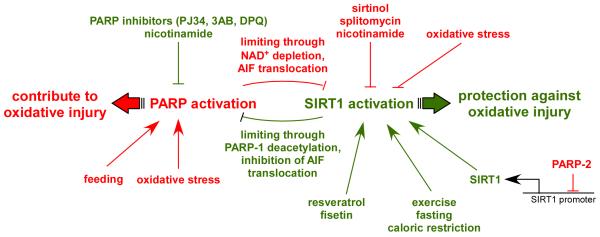Figure 4. The molecular level interactions between SIRT1 PARP-1 and -2 under oxidative stress conditions.
The pathways enhancing oxidative stress-mediated tissue damage are in red, in turn, protective pathways are in green.
Oxidative stress induces PARP-1 that through the depletion of NAD+ pools inhibits SIRT1. That pathway seems to participate in the tissue damage inflicted by PARP activation.
On the contrary, SIRT1 activation by pharmacological agents (e.g. resveratrol, fistein) or by induction of its expression (e.g. PARP-2 ablation) leads to SIRT1-mediated deacetylation and inactivation of PARP-1 that seems a crucial pathway in the cytoprotective action of SIRT1 activation.

